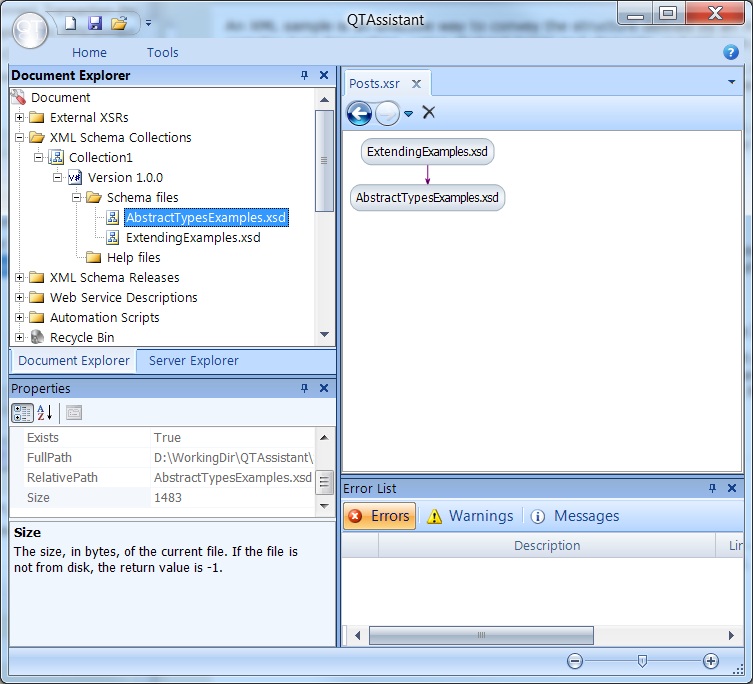
The traditional machine learning models and neural networks cannot capture the sequential information present in the text. Most of the tasks in NLP such as text classification, language modeling, machine translation, etc. However, with recent advances in NLP, transfer learning has become a viable option in this NLP as well. This breakthrough of transfer learning in computer vision occurred in the year 2012-13. So, it is better to use a pre-trained model as a starting point to solve a problem rather than building a model from scratch. The most renowned examples of pre-trained models are the computer vision deep learning models trained on the ImageNet dataset. We call such a deep learning model a pre-trained model. Transfer learning is a technique where a deep learning model trained on a large dataset is used to perform similar tasks on another dataset. If you want to learn NLP from scratch, check out our course – Natural Language Processing (NLP) Using Python In this article, I explain how do we fine-tune BERT for text classification. Ever since the transfer learning in NLP is helping in solving many tasks with state of the art performance. That was not the case with NLP until 2018 when the transformer model was introduced by Google.

This happened due to the availability of huge labeled datasets like Imagenet on which deep CNN based models were trained and later they were used as pre-trained models for a wide range of computer vision tasks. Transfer learning has been instrumental in the success of deep learning in computer vision. Most of the labeled text datasets are not big enough to train deep neural networks because these networks have a huge number of parameters and training such networks on small datasets will cause overfitting.Īnother quite important reason for NLP lagging behind computer vision was the lack of transfer learning in NLP. One of the main reasons for this slow progress could be the lack of large labeled text datasets. However, this performance of deep learning models in NLP pales in comparison to the performance of deep learning in Computer Vision. Maybe I would be better just making a custom filter to show these permutations.With the advancement in deep learning, neural network architectures like recurrent neural networks (RNN and LSTM) and convolutional neural networks (CNN) have shown a decent improvement in performance in solving several Natural Language Processing (NLP) tasks like text classification, language modeling, machine translation, etc. (indeed the first one seems to be a double negative…1) At least one of the related items has status active" None of related item has not status active" active" ?īut the two choices I get in the dialog are either: I expected I could simply create a condition along the lines of That works fine for turning the condition on.īut I also wanted to exclude it from items that already have an amber system-defined ‘Review Expired’ condition (as my custom condition is superfluous then).

The main condition is ‘Next Review Date - Before - Actual Date + 30 days’ The ‘tags’ and ‘status’ conditions are just to filter out some types of policies I am not interested in.


 0 kommentar(er)
0 kommentar(er)
